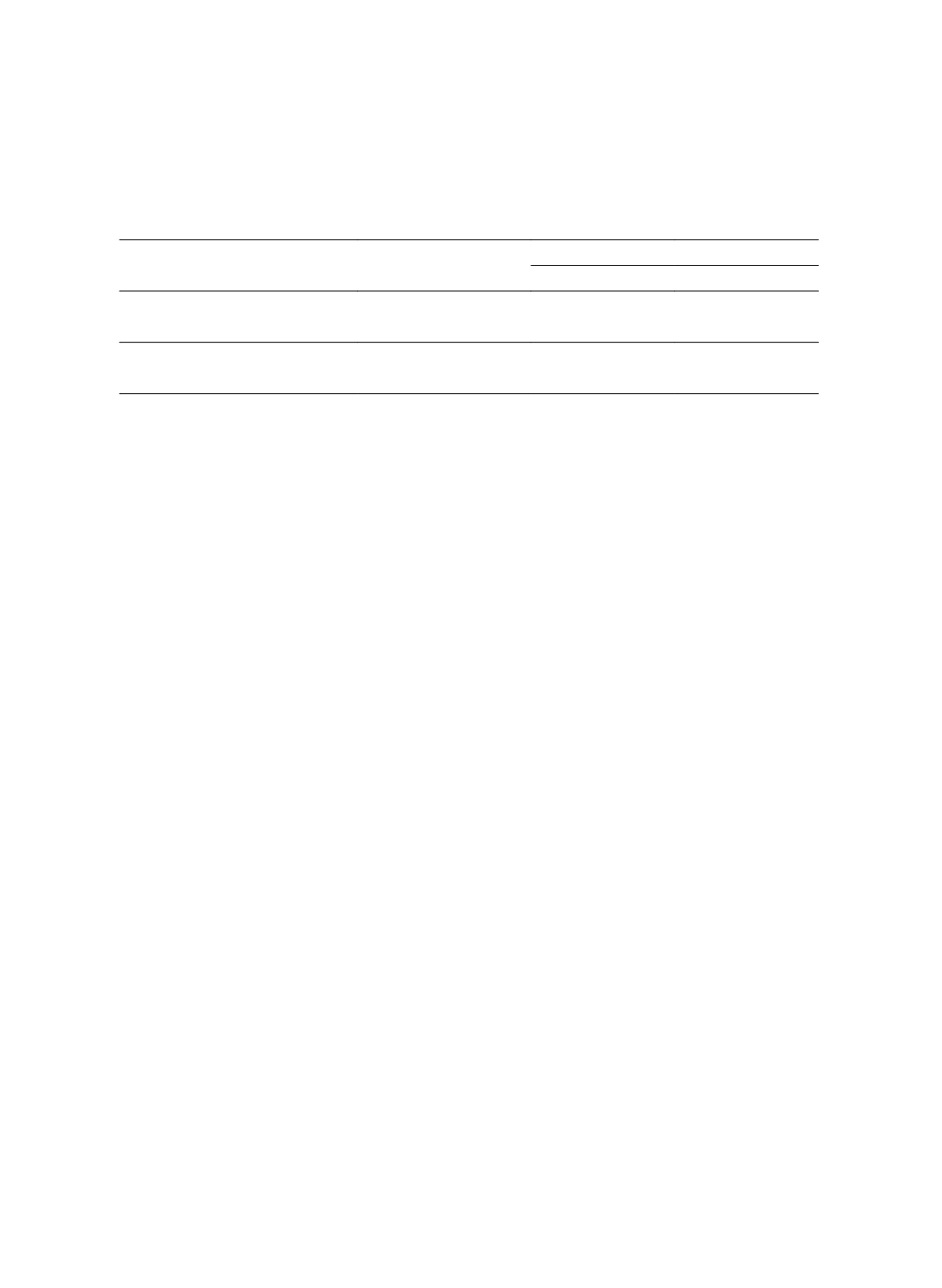

155
臺大管理論叢
第
28
卷第
1
期
Table 1 Percentages of Purchasing Broad-appeal vs. Narrow-appeal Products
in the 2 (Congruency between Popularity Information) * 2 (Inferences)
Conditions
Congruency between Popularity
Information
Inferences
Purchase Decision
Broad-appeal
Narrow-appeal
Congruence:
(Broad-appeal > Narrow-appeal)
Product Quality
77%
23%
Social Comparison
78%
22%
Incongruence:
(Narrow-appeal > Broad-appeal)
Product Quality
49%
51%
Social Comparison
62%
38%
Given that the sales volume is congruent with breadth of appeal, it is hard to
differentiate the effects of sales volume and breadth of appeal in the congruent condition.
However, if we compare the average percentages of the broad-appeal vs. the narrow-
appeal products in the congruent condition with those in the norming test, where no sales
volume was provided, we can see similar percentages of these two products (Experiment:
Broad-appeal, 77% vs. Narrow-appeal, 23%; Norming: Broad-appeal, 79% vs. Narrow-
appeal, 21%). That is, the information of sales volume does not seem to evoke any add-on
effect to purchase, given that it is consistent with the general pattern of breadth of appeal.
Furthermore, there is no difference between the distribution of broad-appeal vs. narrow-
appeal purchase in the two inference groups (Product Evaluation: Broad-appeal, 77% vs.
Narrow-appeal, 23%; Social Comparison: Broad-appeal, 78% vs. Narrow-appeal, 22%;
t
(98) = .12,
SD
= .084,
p
= .548, n.s.), where the sales volume consistently favors the
broad-appeal products, namely either signaling product quality or confirming the existent
social trend. Therefore, it is particularly interesting to see the results of the incongruent
condition, where the narrow-appeal product has a higher sales volume.
When a product’s breadth of appeal and sales volume are incongruent, the average
percentages of choosing a narrow-appeal product are significantly higher compared to the
condition of congruence (44.5% vs. 22.5%;
t
(98) = 2.39,
SD
= .092,
p
= .009). The results
suggest that a higher sales volume does boost subsequent sales for the narrow-appeal
products. However, this boost effect of sales volume only occurs for the narrow-appeal
products, as suggested by the results of the incongruent condition, not for the broad-appeal
products, as shown in the results of the congruent condition. This result is consistent with
that of Tucker and Zhang (2011), who found a stronger boost effect on sales volume for
narrow-appeal products than for broad-appeal products.


















